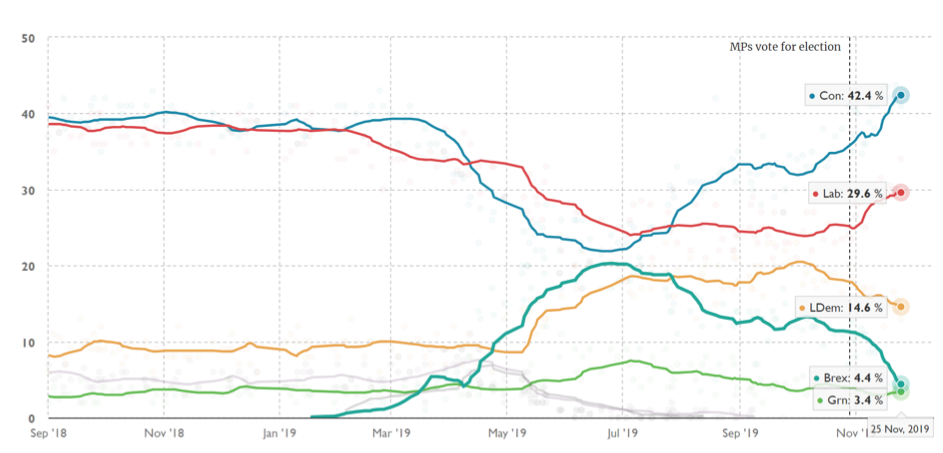The Story So Far
For decades, there has been debate over whether the UK should be a part of the European Union (and, previously, the European Economic Community). To close this debate “once and for all,” Prime Minister David Cameron committed to and called a referendum on the UK’s membership in the EU in June 2016.
The result of that referendum was a 52% majority vote to leave the European Union. However, the referendum itself did not specify under what terms that exit would occur. The details of withdrawal were subject to negotiations between the UK government and EU, which began in earnest in spring 2017. Understandably, the Europeans were not going to make the process easy – something that has strongly deterred the other 27 member countries from following the UK, in turn strengthening the “Union.”
Prime Minister Theresa May and her government eventually did negotiate a Withdrawal Agreement for the United Kingdom. However, the effort, already fraught with emotion, controversy, and uncertainty, was undermined further when Prime Minister May called a general election in 2017, a move intended to solidify her political power that backfired and left her reliant on the support of other parties. The deal was rejected by Parliament repeatedly in early 2019, leaving the UK unable to exit the EU as originally scheduled, on March 29, 2019.
May resigned, driven out by her inability to get Brexit done. Then, Boris Johnson became Prime Minister in July 2019. His approach to cut the Gordian knot of Brexit was to call a general election. However, this required Parliamentary support, which was not forthcoming until Johnson committed to a) asking the EU for an extension and b) eschewing a “No-deal Brexit” (leaving the EU without a withdrawal agreement).
In October 2019, to the surprise of many, Johnson managed to secure a revision to the previously negotiated Withdrawal Agreement by securing a compromise to avoid a “hard border” between the UK province of Northern Ireland and the independent Republic of Ireland to the south, which is part of the EU. (This border is fraught with historical significance and was once a source of strife). While this appeared to garner majority support in Parliament, Johnson’s timetable for passing it did not. Johnson had already committed to a new election in order to strengthen his mandate. This is the path upon which the UK Parliament has settled.
What Is Happening Now
The UK is now in the midst of a furious campaign ahead of the election on December 12. The current state of the parties’ positions in the polls can be seen below:

Clearly the Conservatives are in a strong position, with a 13 percentage point lead over Labour. However, under the UK Parliamentary system, a Conservative win is not guaranteed. Each member of the House of Commons is elected by their local constituency under a “first past the post” system, which can enable minority parties to win a significant number of seats.








